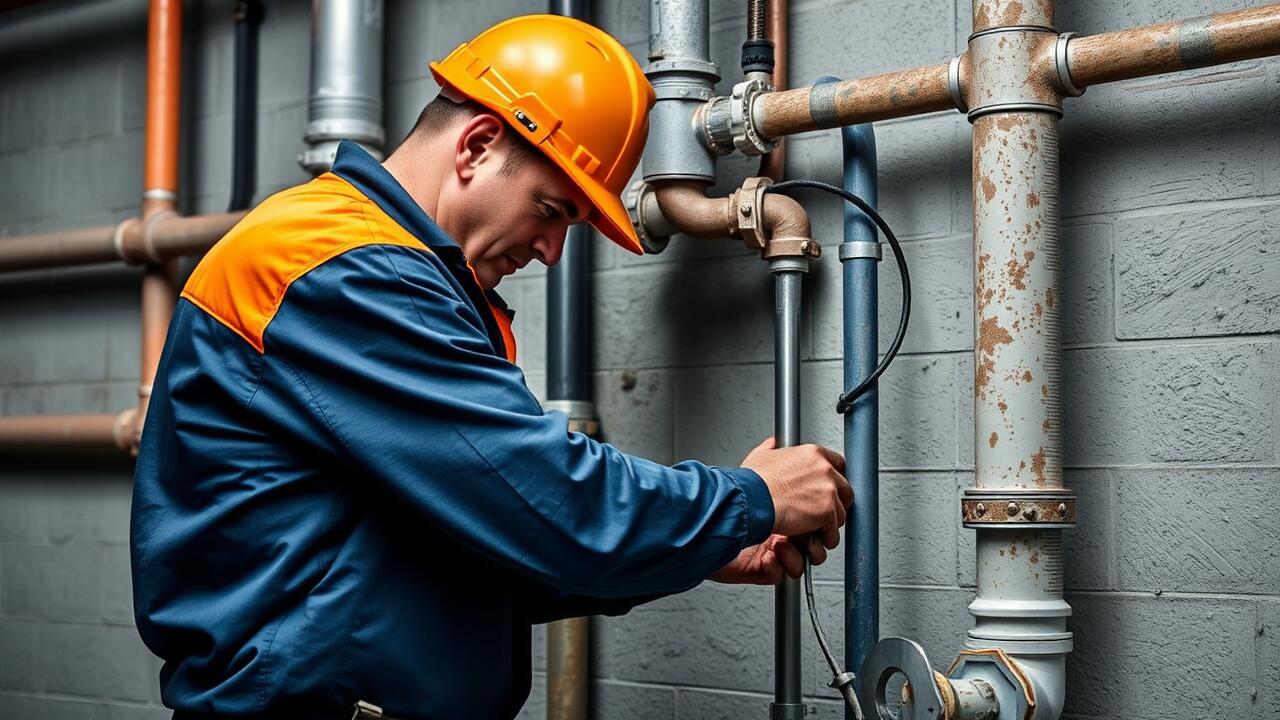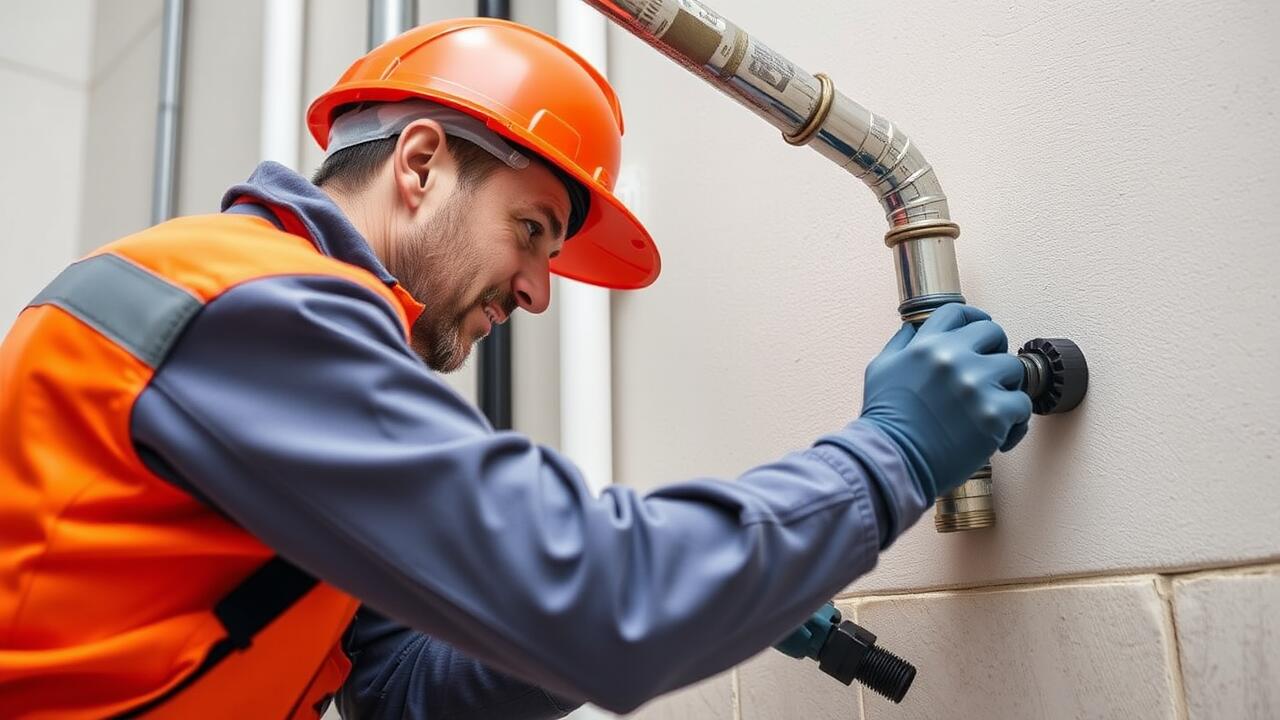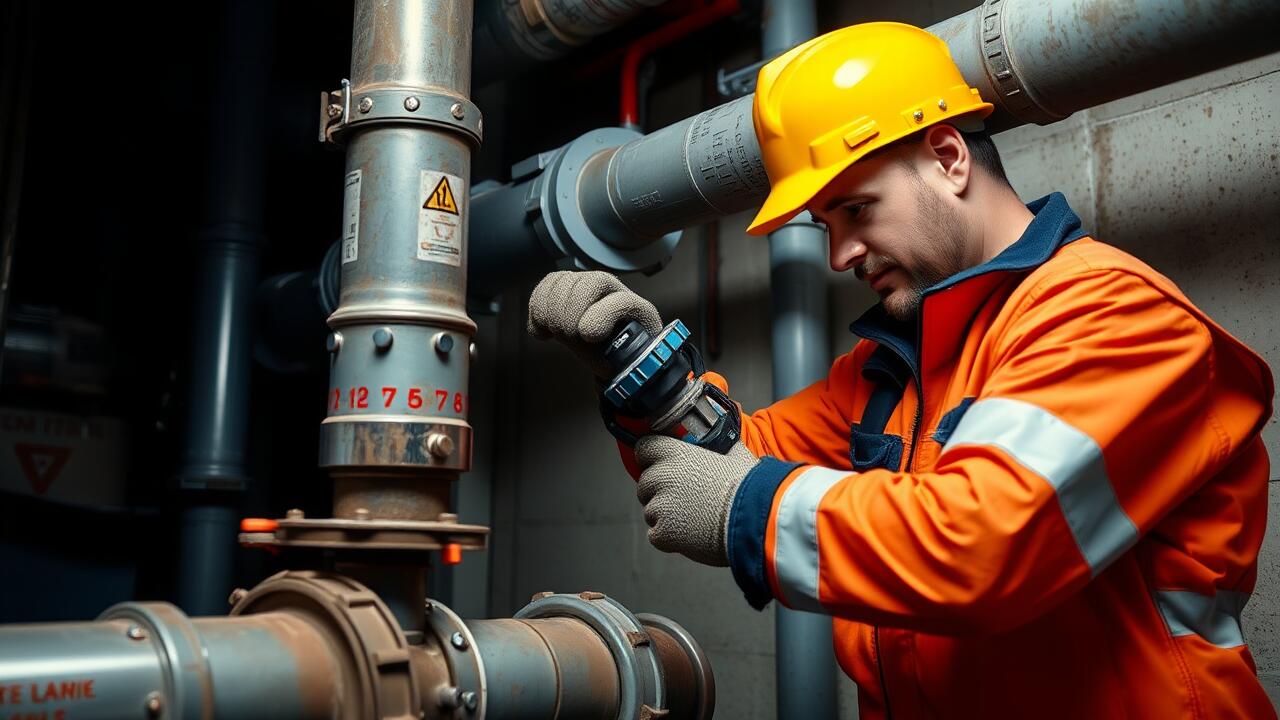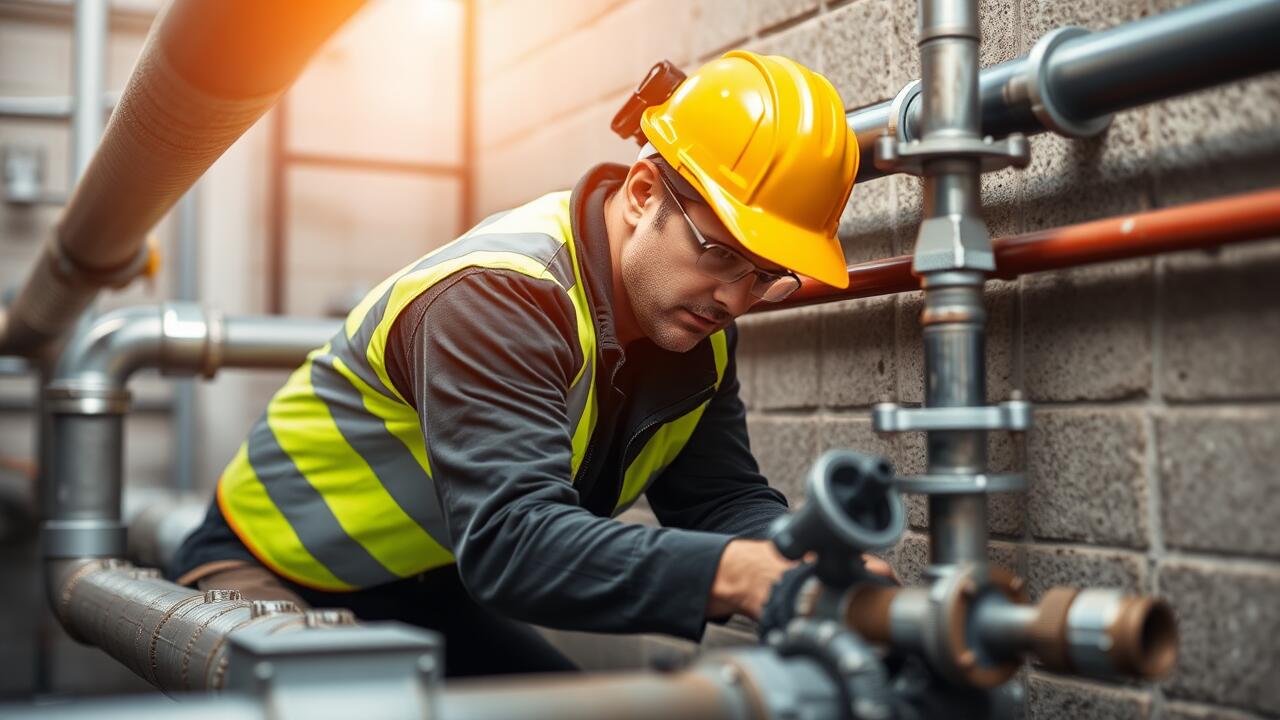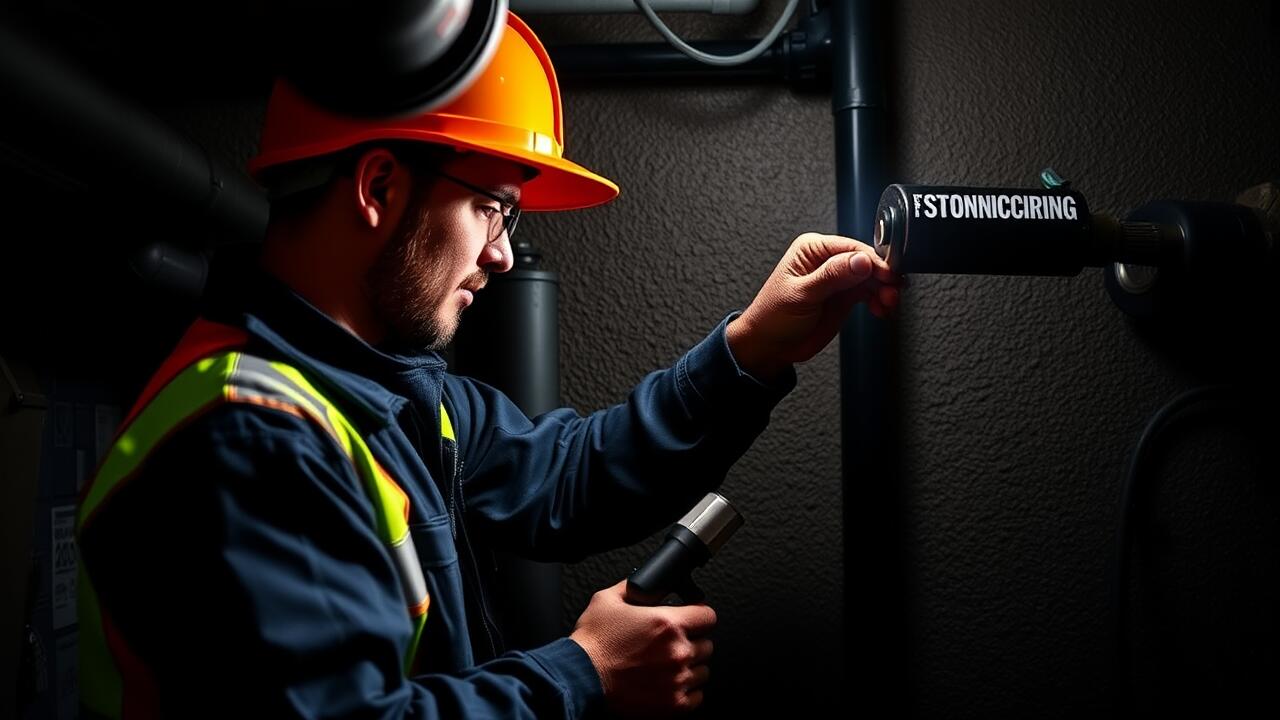
Installation Procedures
The installation of CPVC and PVC pipes requires careful planning and attention to detail. Each type of pipe has specific requirements for joining and sealing. For instance, CPVC pipes must be joined using solvent cement, which is chemically compatible with the material. In contrast, PVC pipes also rely on solvent cement but may include mechanical fittings for certain applications. It's essential to follow the manufacturer's guidelines for both types to ensure a secure fit. When performing pipe installation in Encino, Los Angeles, understanding local building codes can also dictate certain installation practices.
Proper preparation of the pipes is crucial to achieving a long-lasting and reliable installation. Cutting the pipes accurately and deburring the edges helps facilitate a smooth joint. Additionally, ensuring that all surfaces are clean and free of debris before applying cement will lead to better adhesion. Different temperatures and weather conditions can affect the installation procedure, so it's wise to consider the time of year when planning a project. Adapting to the unique environmental conditions of Encino, Los Angeles, can lead to significant improvements in the quality of the pipe installation.
Installation Techniques and Challenges
When it comes to the installation of CPVC and PVC pipes, the techniques employed can significantly impact the overall efficiency of the project. A common challenge arises from the different requirements for joining the pipes. CPVC typically requires the use of a specific primer and solvent cement, ensuring a secure bond at higher temperatures. PVC, on the other hand, utilizes solvent cement alone, which can make it slightly easier to work with in certain environments. Professionals handling pipe installation Boyle Heights, Los Angeles, often need to adapt their methods based on these material distinctions to ensure successful implementations.
Another aspect to consider involves the conditions under which the installation takes place. Outdoor installations may be affected by temperature extremes, potentially causing the materials to expand or contract, which can influence the integrity of the joints. Factors such as humidity or exposure to sunlight also play a role in the decision-making process. Installers in pipe installation Boyle Heights, Los Angeles, must keep these environmental variables in mind to mitigate risks related to future leaks or ruptures. Proper preparation and understanding of the site's characteristics can help address these challenges.
Cost Comparison
When evaluating the cost of CPVC and PVC pipes, several factors come into play. PVC pipes generally have a lower upfront material cost compared to their CPVC counterparts. However, other aspects such as installation complexity, local labor rates, and the specific application can influence overall expenses. For instance, when considering Pipe installation Encino, Los Angeles, it is important to account for labor costs associated with each type of pipe, as installation practices may differ.
Long-term costs should also be considered beyond initial purchase prices. While CPVC pipes may be more expensive upfront, they often provide advantages in terms of temperature tolerance and chemical resistance, potentially leading to fewer replacements over time. This durability can be crucial for homeowners and contractors weighing the total investment for pipe installation Encino, Los Angeles, as longevity may offset the initial higher cost.
Pricing Factors and Budget Considerations
When evaluating the costs associated with CPVC and PVC pipes, several factors come into play. Material prices differ, with CPVC often costing more due to its enhanced temperature resistance and specific applications. Additionally, labor costs for installation can vary depending on the complexity of the project and local rates. For instance, those seeking pipe installation in Encino, Los Angeles, may encounter higher labor expenses compared to other regions.
Budget considerations also extend to maintenance and potential repairs. While both CPVC and PVC pipes typically require minimal upkeep, their long-term durability can impact overall costs. Investing in higher-quality materials may lead to fewer issues down the line, ultimately saving money. Homeowners and contractors alike should weigh these expenses against their immediate financial constraints while planning any plumbing projects.
Lifespan and Durability
When considering lifespan and durability, both CPVC and PVC pipes exhibit strengths that cater to different applications. CPVC is known for its higher resistance to heat, making it suitable for hot water transport and certain industrial settings. In contrast, PVC pipes are generally more robust when it comes to pressures in cold water systems, providing durability over time in various environmental conditions.
Exploring the longevity of these materials highlights their varying performance based on surrounding factors. CPVC may last up to 50 years in the right circumstances, while PVC can also reach similar lifespans. Homeowners undertaking pipe installation in Encino, Los Angeles, should evaluate their specific needs and expected usage to choose the most durable option for their projects, ensuring long-term functionality and reliability.
Expected Longevity in Various Environments
CPVC pipes generally outperform PVC pipes in high-temperature environments, making them suitable for hot water applications. They can withstand temperatures up to 200 degrees Fahrenheit, which allows for usage in both residential and commercial plumbing systems. In contrast, PVC pipes are not recommended for hot water transport as they can soften at elevated temperatures. When considering pipe installation Echo Park, Los Angeles, it is important to evaluate the specific temperature conditions that the pipes will be subjected to.
In terms of chemical resistance, both CPVC and PVC have their strengths, but CPVC offers an advantage when dealing with corrosive substances. These pipes can endure exposure to a wider range of chemicals without damaging the material over time. This characteristic makes CPVC a preferred option in industrial environments where chemical exposure is a concern. The choice between the two should factor in the specific environmental conditions and uses to ensure that the selected pipe type will perform effectively over its expected lifespan.
FAQS
What are the main differences between CPVC and PVC pipes?
The main differences between CPVC and PVC pipes include their temperature resistance, with CPVC being able to handle higher temperatures, and their chemical compatibility, as CPVC is often used in hot water applications while PVC is typically used for cold water.
Which type of pipe is easier to install, CPVC or PVC?
PVC pipes are generally easier to install because they are lighter and do not require as many specialized fittings or adhesives as CPVC. However, both types have their own installation techniques and challenges.
How do the costs of CPVC and PVC pipes compare?
Generally, PVC pipes are less expensive than CPVC pipes. The price difference can be attributed to the manufacturing process and the materials used, as CPVC offers additional benefits such as higher temperature tolerance.
What factors should I consider when budgeting for CPVC or PVC pipes?
When budgeting for CPVC or PVC pipes, consider the cost of the pipes themselves, installation expenses, any required fittings and adhesives, and the specific environmental conditions where the pipes will be installed.
How long can I expect CPVC and PVC pipes to last?
CPVC pipes typically have a lifespan of 50 years or more, especially in hot water applications, while PVC pipes usually last around 25 to 40 years depending on the environment and conditions they are exposed to.
